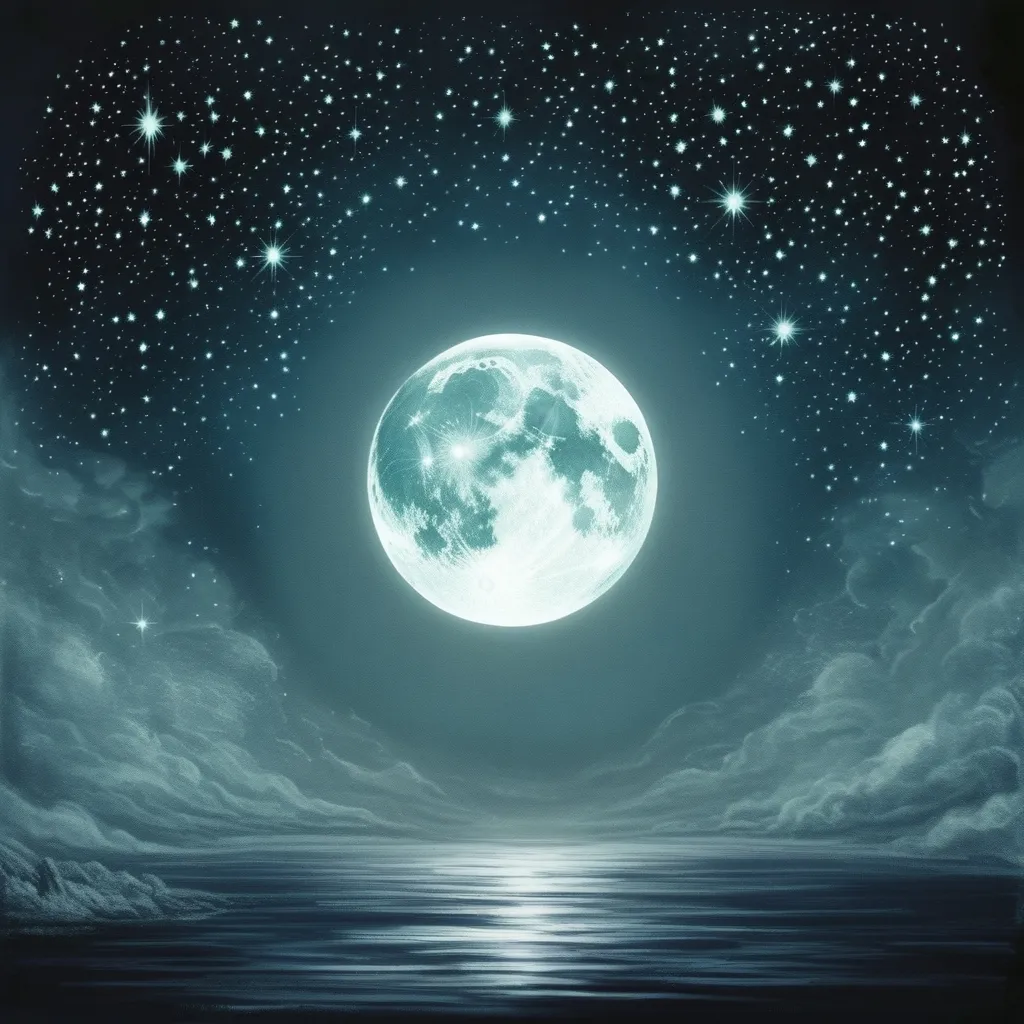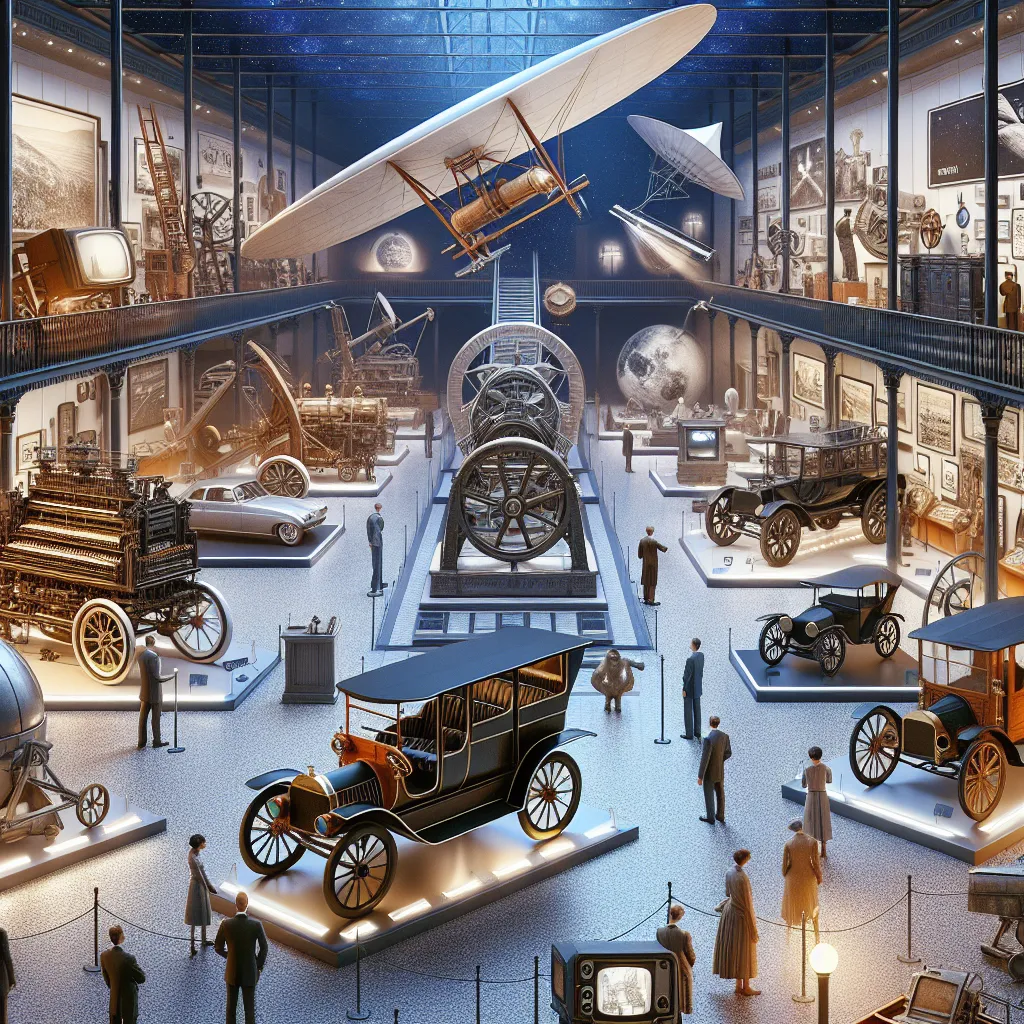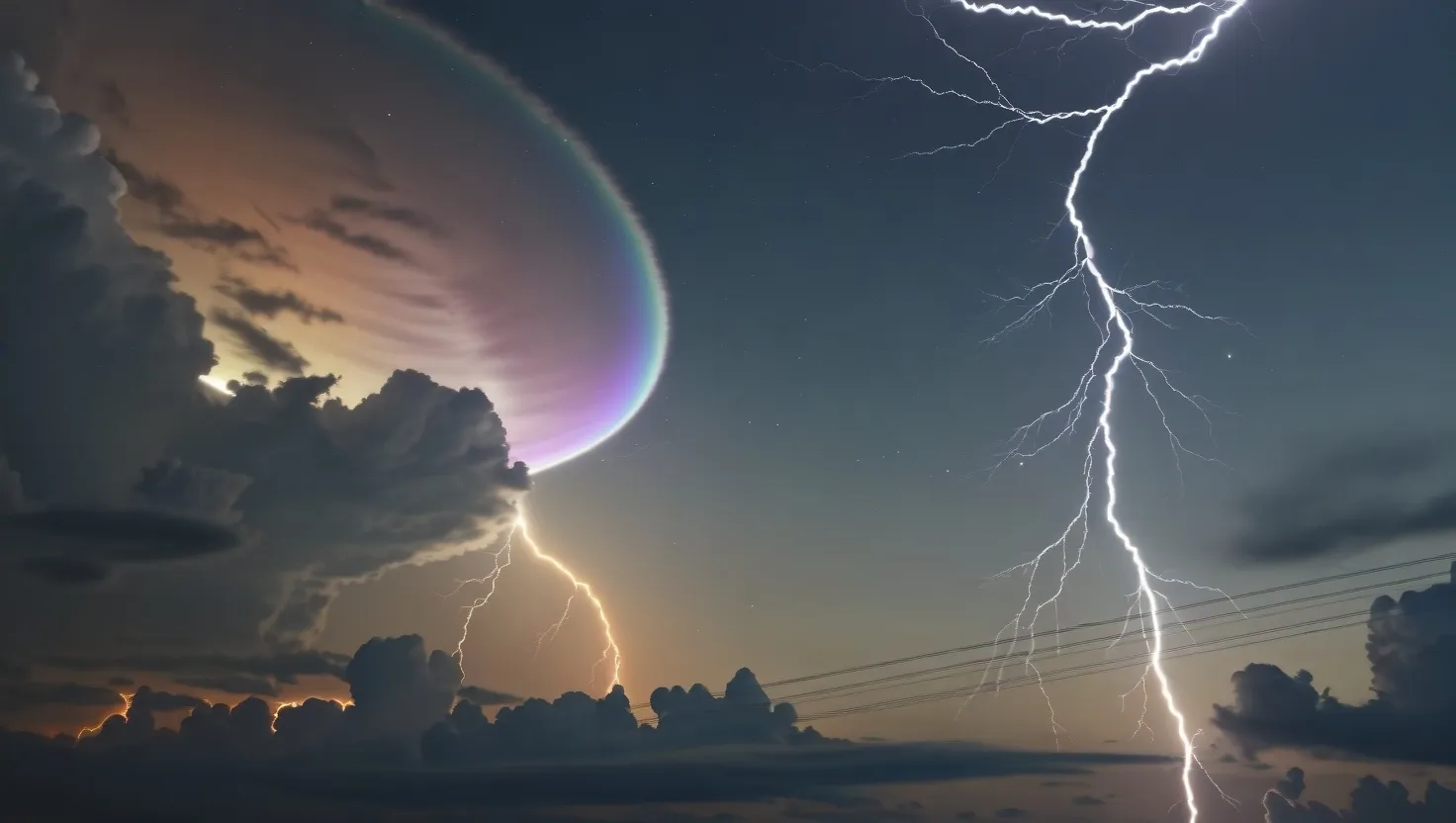Isn’t it wondrous how the Moon has captured human curiosity since the dawn of time? This celestial buddy of ours has inspired endless myths, scientific wonder, and debates that have echoed through the chambers of astronomical research for centuries. Can you imagine a sphere where a bunny supposedly resides, according to some old tales? Fascinating, right? But bouncing back to the realm of science, one of the burning questions about this glowing orb is its origin. Despite decades of probing and pondering, the Moon’s birth story remains one of astronomy’s most tantalizing head-scratchers.
The Giant Impact Theory reigns supreme among the array of speculations floating around. This hypothesis suggests that about 4.4 billion years ago, the Moon was born from a catastrophic collision between the newborn Earth and a stray Mars-sized planet, romantically named Theia. Picture the cosmic chaos: a giant thump that sent debris raining into space. Eventually, this space rubble twirled and swirled into our Moon. Cool as it sounds, even the leading contender theory has its quirks. You see, models hint that Moon’s composition should be a heavy mix of Theia and Earth. In reality, it’s strikingly Earth-like. Some suggest Earth’s primeval lava surface might have played a chemical matchmaker here, blending Earthly material extensively into the Moon’s fabric.
On a more adventurous note, the Capture Theory offers a dramatic plot twist. Ever thought the Moon might’ve been a wanderer from another part of the solar expanse? According to this theory, our Moon drifted alone until Earth’s gravitational clutches grabbed hold of it. This idea is a bit of a romantic mystery, trying to explain why the Moon’s chemical composition seems offbeat compared to ours. Sadly, the odds of this cosmic gamble paying off without a crash or escape are slim, which takes a bit of the shine off this hypothesis. Plus, those pesky oxygen isotopes tell tales of a shared origin with Earth rather than a captured vagabond from the stars.
Let’s take a brief detour into the old-school Fission Theory. Imagine the Earth spinning at dizzying speeds, flinging off chunks into space in spinning rage. Proposed by George Darwin (yep, Charles’ son) back in the 19th century, this idea suggests our Moon sprung from a whirling Earth by sheer centrifugal magic. The thought of Earth launching pieces of itself into the vast nothingness is wild but doesn’t stand firmly against scientific scrutiny. The scars don’t line up, literally and figuratively. Evidence appears lacking considered the Moon’s orbit and its composition puzzle—even debunking the notion that the Pacific Ocean basin was a blow mark from such an event.
The intriguing Condensation Theory tosses another narrative into the mix, proposing a twin-like birthright. Imagine Earth and Moon being orchestrated into existence side by side from the exact gas and dust mist, the nebula. While this argues for isotopic harmony, it doesn’t jive with the elemental disparities. Earth is heavy with metals, while the Moon is hearty but rather metal-averse. Plus, chronologically speaking, they weren’t clocked out of the same cosmic timecard, casting major doubt over this idea.
Being a detective in outré celestial tales, it seems sifting real nuggets from the moon dust isn’t plain sailing. Every clue—be it the Moon’s petite iron core compared to Earth’s woolly interior—is a piece in the Galilean puzzle of World’s timeline. And to think, Earth’s axial tilt, the grand architect of our yearly seasons, is tied to the same collision story that scripted down the Moon’s formation.
High-tech simulations are rewriting what we thought we knew with each keystroke, pushing simulations to reveal new facets of this age-old riddle. Recent algorithms propose that the Moon might have come into being in the blink of a cosmic eye, gobbling up material from the explosion faster than we imagined. This swift birth narrative makes the question even more intriguing and teases the mind with ideas about the Moon gliding into shape overnight, rather than sluggish years. Could the narrative be re-tailored with this data?
Every scientific stroll we take onto the Moon keeps our intrigue alive. A quest to unveil the Moon’s enigmatic past persists, driven by researchers armed with telescopes, computers, and boundless curiosity. The Giant Impact Theory, forever tantalizing, dips back and forth with fresher insights demanding discussion and reexamination.
As our journeys to the Moon carry on, each new mission potentially embeds fresh details to the macro-mosaic still largely shrouded in mystery. Who knows, soon we might stumble upon revelations that finally decode this cosmic secret. Its allure isn’t just for scientists keeping their noses to the telescopic grindstone. For the dreamers and stargazers gazing skyward, the Moon remains a radiant manuscript. A reminder of the unanswered cosmic tales that dance silently above us. Isn’t it invigorating to know there’s still so much to explore and understand about Earth’s beloved satellite? One can only be enticed to stick with this thrilling celestial detective story until the very last page turns.






